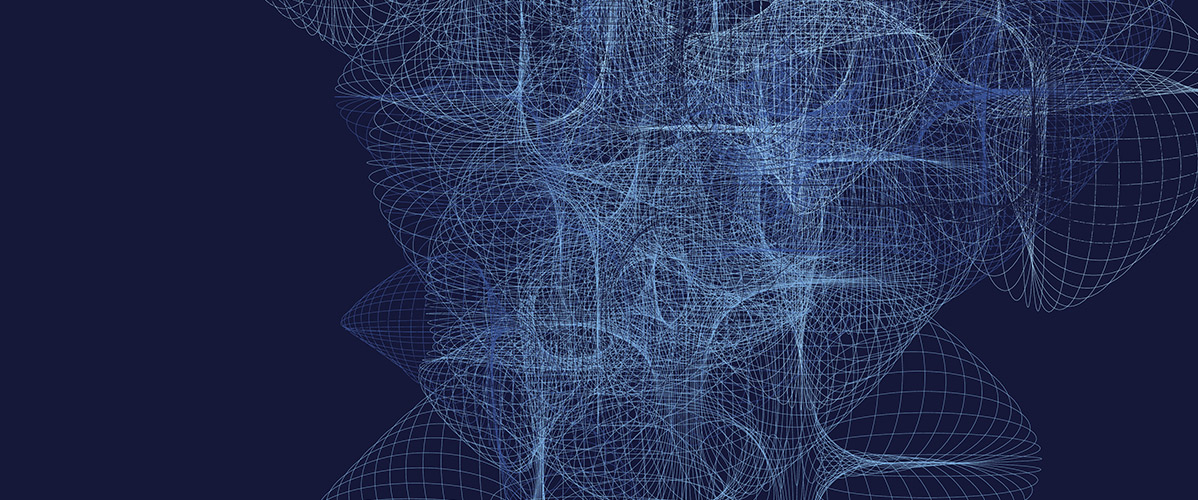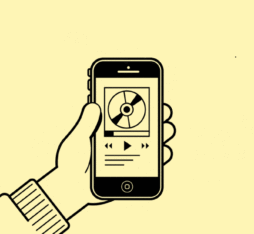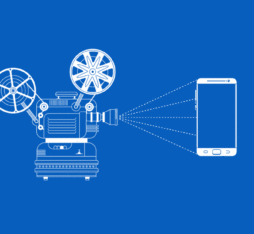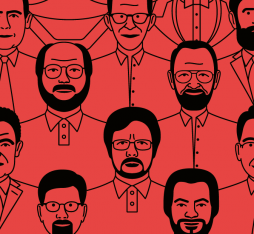Without necessarily realising it, digital art is part of your everyday life. So what is digital art? There are various definitions, but they are all based on the idea of artistic creation “made using digital devices: computers, interfaces, networks”. The scope of digital art has expanded over the decades, from music and visual arts, since the end of the 1950s, to now penetrate all forms of artistic creation: cinema, video, television, literature, live performance, etc.
The sculptures you find in streets and museums may be 3D prints. The computer graphics you consult on the Internet, for information or entertainment, are a form of art derived from data art. As regards cinema, whether special effects or motion capture, 3D technologies or IMAX, or even the small revolution in cinema, which took place in 1995, with the creation of Pixar studios’ Toy Story, digital technology has revolutionised cinematic art.
Net.Art and Pixel Art
The reason why digital art is so widespread nowadays is down to the innovation of the machines used to create these works. The democratisation of computers and software in the 1990s, and then of the Internet the following decade, provided artists with extensive material. This gave rise to two significant trends: Net.Art, which consists of making interactive creations designed with and for the Internet, and Pixel Art, a digital design technique dating back to the early days of computing. Enthusiasts may remember the group eBoy, Berliners nostalgic for retro gaming, whose works, with a false air of Sim City and Duck Hunt, found themselves in museums where they were blown up into giant frescos.
1919, year zero?
But to sum up digital art with the advent of the Internet and PCs may be wrong. Some believe it dates back to… 1919, when Léon Theremin, a soviet military researcher, and music lover in his spare time, invented a tool capable of producing a sound similar to that of a musical saw by moving your hands between two aerials operated by electromagnetic waves. The forerunner of the synthesiser was born…
Later, the “Oscillons” by American Ben Laposky, geometric forms of abstract art created using an oscilloscope and an analogue computer, were published in the prestigious Fortune magazine. This publication was hailed by the Art Directors Club of New York in 1956 as the first demonstration of digital art. It was presented in 1968 in London at the Institute of Contemporary Arts as part of “Cybernetic Serendipity”.
French awakening in the 1980s
In France, we had to wait until the 1980s to see digital works appear in museums. First came the exhibition “Electra” at the “Musée d’Art Moderne de la Ville de Paris” (City of Paris Museum of Modern Art) in 1983, which included “La plissure du texte” (The Pleating of the Text), the first example of a collaborative network piece, then in 1985, the exhibition “Les Immatériaux” (The Immaterials), at the Pompidou Centre.
Three years later, artists Jean-Robert Sedano and Solveig de Ory set up their “Pavillons Chromatiques” within parks around Paris, bandstands that reacted to the gestures of passers-by using an Apple II hidden in the bandstand connected to cameras attached to the roof.
2011 marked an important milestone in digital art in Paris, with the opening of “La Gaîté Lyrique”, a space for the creation and broadcasting of digital arts and new music. It is one of the first of its kind in the world and undoubtedly not the last, with advances in digital technology offering ever more creative possibilities.
Lastly, the introduction of coding in French schools could inspire younger children and, who knows, produce the future prodigies of digital art…











